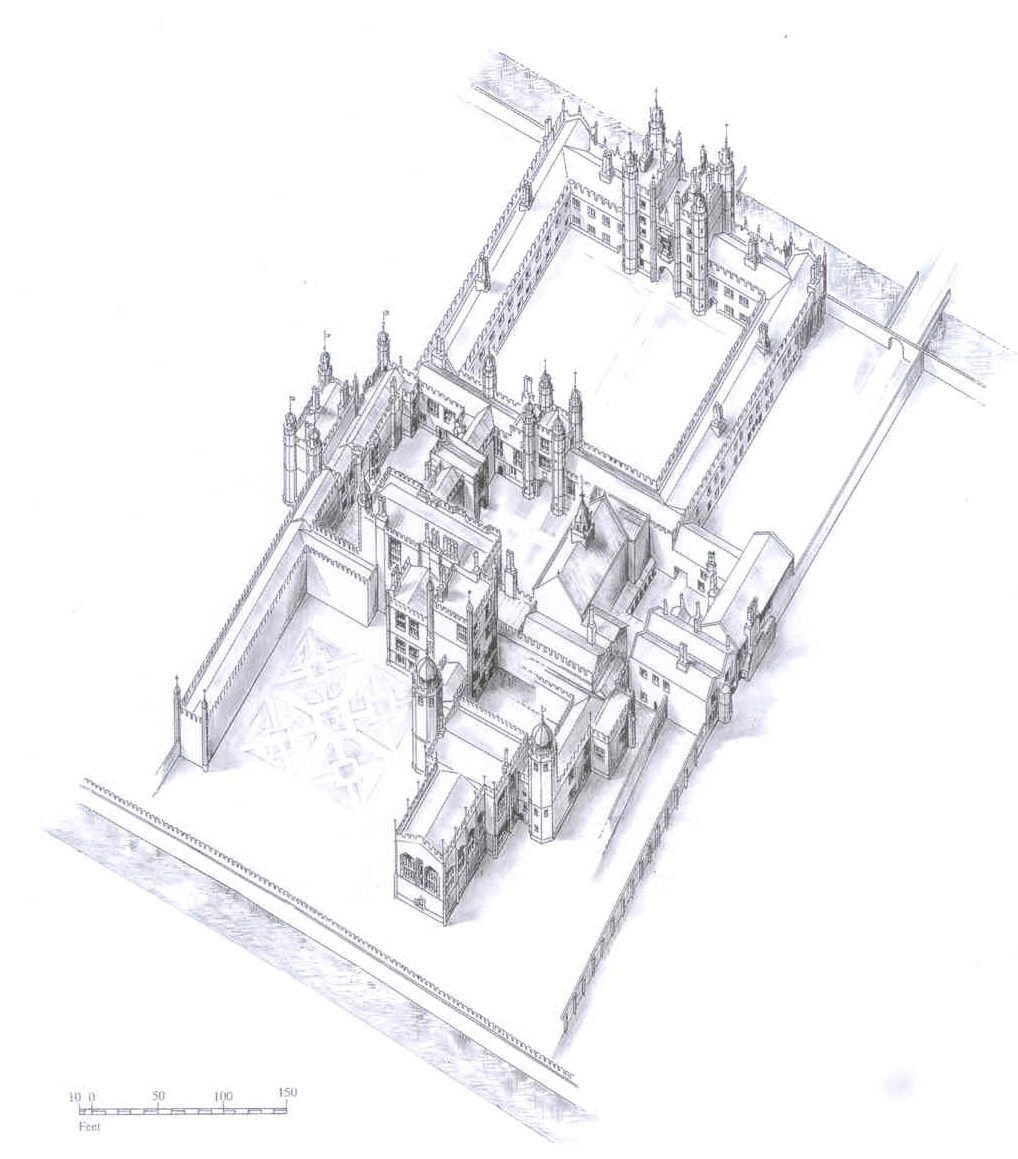Hampton Court Palace: Wolsey's Masterpiece
Chapter 6 : Wolsey’s Fall
Though the main reason for Wolsey's fall was rooted in his inability to produce the divorce from Katharine that Henry so dearly wanted, the extraordinary scale and magnificence of his building projects had made him enemies at court as well as friends. The situation must have been troubling if Thomas Cromwell felt he had to address it by writing to Wolsey:
" Sir, sum ther be that doth alledge that your grace doth kepe to grete a house and famylye, and that ye are contynually building… (I) most heartelve besecthe, your grace to have respecte to every thing, and consyderyng the tyme, to refraygne your self, for a season, from all maner of byldynggs more than mere necesslte requueth; whlch l assure your grace shall sease and put to sylence, sum persons that moche spekyth of the same."
Wolsey had invited Henry to visit only a few months after taking on the lease, and between 1515 and 1528 Henry is recorded visiting Hampton Court on 16 separate occasions, staying a total of 87 days. As early as September 1515 a room at Hampton Court is referred to as the " Kyngs dynyng room" suggesting that there are rooms particularly set aside for Henry from the start, possibly as a continuation of the layout of Daubeney's manor.

This may account for the difficulty in understanding exactly how and when Hampton Court becomes an official Royal Palace (there are several different dates and reasons put forward for this event). Certainly from 1529-1538 some form of building works, often very major, were underway at Hampton Court, being paid for out of the royal treasury. Henry does not sweep away Wolsey's palace, as Wolsey had done with Daubeney's Manor; rather he commissions a whole series of extensions and embellishments and carefully replaces the architectural evidence of Wolsey's patronage, for instance his coat of arms on the Anne Boleyn Gatehouse, with his own.
Thankfully through good management, and good luck, over the past 500 years, when you visit Hampton Court Palace today you can still get a sense of Wolsey's grand designs. This is particularly striking in Base court, which has undergone only fairly minor changes since its construction in 1515, and I hope it still fills visitors with the sense of spectacle that it did in the 16 th century. Henry's own prodigious building and the changing tastes of the late 17th century may have swept away or hidden some of the more spectacular elements of Wolsey's palace but it is still possible to see how he laid the foundations, quite literally, for one of the greatest palaces ever built.


